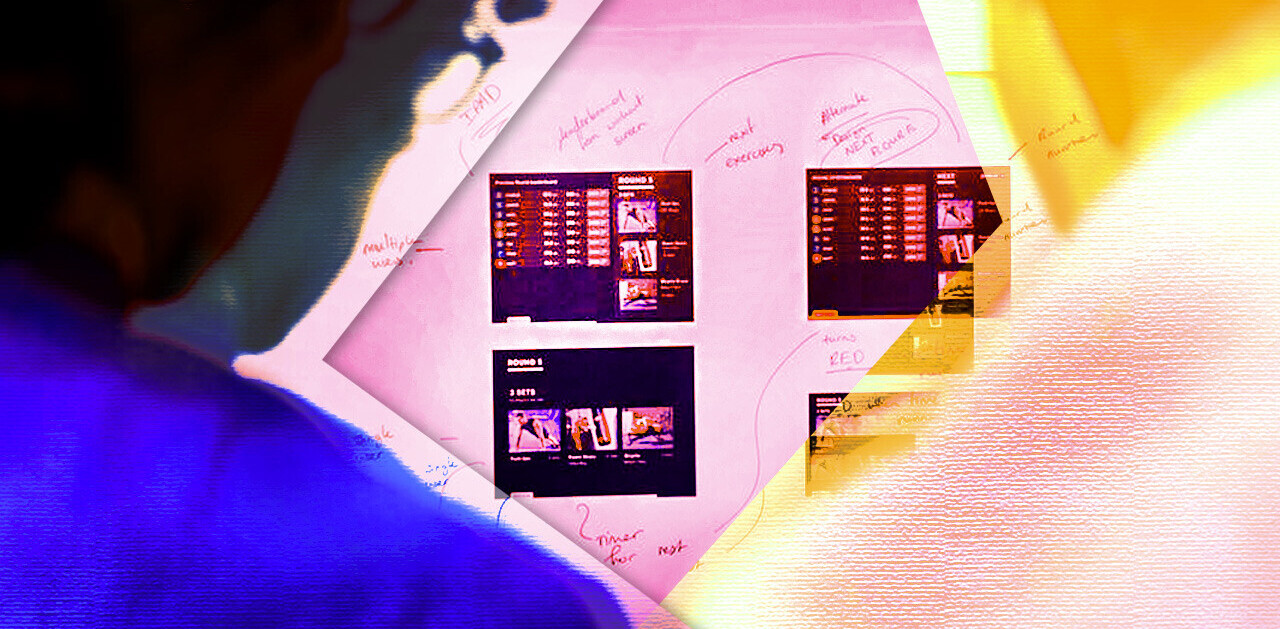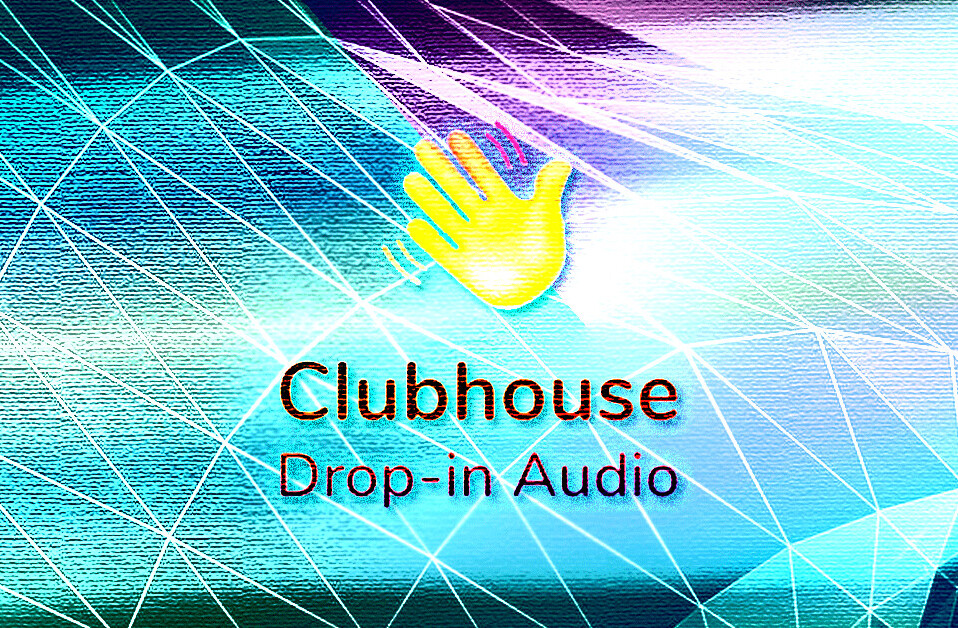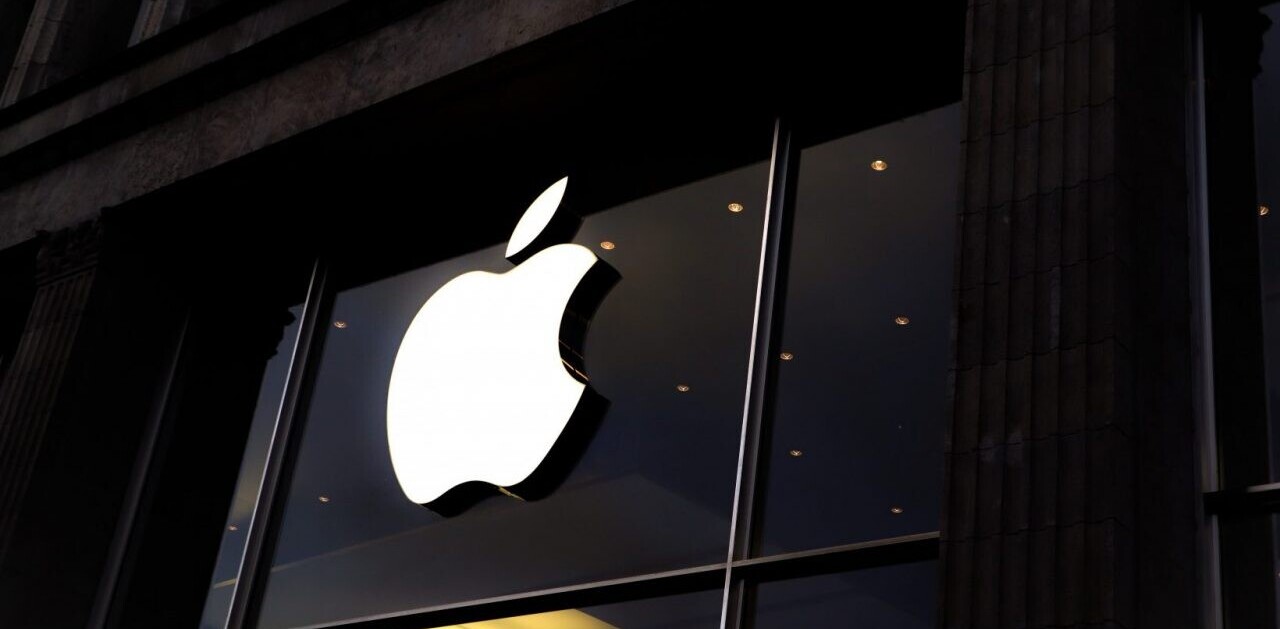
My company, Solace, found its footing during the Great Recession. And though a number of successful companies attribute their initial market hold and growth levels to having launched during times of economic downturn, I’m not advocating for doing the same.
Yes, the recession meant we were forced to adapt to different circumstances than those under a stable economy, but it certainly didn’t make starting out any easier.
However, that’s not to say we didn’t learn some invaluable lessons from building a business during one of the biggest recessions of our lifetime. To grow around 2008 we had to step back, look around, and focus even more relentlessly on seeing the world through the eyes of our customers.
Rather than exclusively dialing down on what we were building — an easy default for business leaders during a crisis — we placed our customers at the heart of everything we did.
This allowed us to see new opportunities and pain points and, coupled with the luck that can arise from work ethic, land important deals. Looking back, it’s not all that shocking that we landed some of our biggest customers (including customers who are still with us to this day) at a time when the macroeconomic conditions felt most fragile.
Our fear engendered a kind of radical empathy for our customers that I’m not sure we would have been able to tap into otherwise.
Launching (or seriously scaling) a business during a recession is not the advisable path forward — after all, 80% of the US’ biggest firms of the last 50 years started out during strong economic conditions. But neither is it impossible; you just need to get serious and strategic about how you are learning about your current and potential customers. I mean going beyond the myriad data points in a spreadsheet to discover their deepest fears.
Though it may feel like your natural inclination, simply catering to their every need isn’t enough. This can even lead you down a slippery slope of constant reactivity that depletes your resources.
Instead, you must get to the root of why their needs are their needs — and figure out how (or if) your product or service can address those core challenges.
Knowing your customers is key to product success
The businesses that come out on top during recessions, aside from those that had massive reserves to better weather the storm, position themselves as “must have” rather than “nice to have.” Under changing conditions, this means focusing on how your customers’ needs have adapted and what’s most important to them right now.
Just because you’ve recently launched your product or service doesn’t mean you can’t pivot to cater to newfound circumstances, but you need to address the pains of the here and now.
Very few potential customers, when it feels like the world is burning around them, will be ready to talk about how your system will future-proof their infrastructure. But, if you can address their most pressing needs right now while having the wisdom to describe how the events of today are bound to happen again… you are onto something.
Just take the example of Office Depot’s approach versus that of Staples during the 2000 recession. While Office Depot cut its workforce and took on a defensive strategy, Staples expanded its team to support its new high-end categories, including personalized printing and tech services.
The addition of these offerings was in tune with what Staples’ customers needed at that time and resulted in the company being 30% more profitable than Office Depot in the following three years.

At Solace, we at once addressed the serious data movement pain that market volatility was causing the financial institutions while also seeing such volatility as a natural element of the economic system.
That was part of our story, our pitch: you might not be able to accurately predict such volatility, but you can build infrastructural resiliency right now that will address your core pain and allow you to absorb future volatility better than your competitors.
Ultimately, having a diversified portfolio of products and services can not only help you mitigate the worst of economic downturns, but let you thrive during the good times too. According to this study by Business Development of Canada, the top performers in terms of revenue and profits are companies that are committed to diversification. Furthermore, diversification is unrelated to business age, meaning it must be a strategy from the start.
Without a razor-sharp customer focus, you can say goodbye to a product offering that meets your customers where they need you. Frequently inviting feedback, criticism, and suggestions from your targeted audience and most valued customers will help you keep your finger on the pulse of the “must have” buyer proposition.
Customers want closer relationships in times of hardship
This may seem obvious, but it’s important to remember that it’s not just you facing the storm. With both parties looking to get through tougher times, you and your customers have an opportunity to strengthen your relationship and help each other along the way.
Going the extra mile during times of crisis will reinforce your business values in the eyes of your customers and build loyalties that see you through the good times and the bad.
For example, there was a time when we were faced with a situation where we couldn’t get a product to an early customer on time due to shipping complications.
To make sure that the order arrived on schedule, we decided to deliver it ourselves, in-person. However, all six of the appliances didn’t fit in a standard car. So we rented a huge yellow Hummer and drove all the way from Ottawa to downtown Toronto, right onto the steps of our customer’s headquarters to hand-deliver each one.
It was a big, bold move, but the customer loved it. Not only did our efforts prove that we were willing to go the extra mile, but the extra-ness of the yellow Hummer gave Solace a unique personality in the eyes of our customers.
That move, going all-out for our customers at such a critical time, has become a key element of our brand. Though our product features have changed over the years, that radical customer centricity has never wavered and is a core reason why we are still thriving after all these years.
The uniqueness of this pandemic
Again, an obvious one, but it’s important to keep in mind that this current economic crisis is markedly different from any that have come before. Arguably, the added stress of the global public health crisis makes the necessity of empathy and compassion for new businesses even stronger than in past recessions.
In fact, this McKinsey report stresses the importance of “staying reachable and treating customers with care in personal interactions.” During the pandemic, companies that demonstrate empathy in their leadership above all else will develop the strongest relationships with their customers.
This means being authentic with your customer interactions, adapting sales and marketing strategies, showing care for the community around you, and offering pragmatic help to customers that are bearing the brunt of the crisis.
When you’re just starting out, the perception of your brand and its values in the eyes of your customers is still malleable. Now is the time to show that you’re a company that cares, a company that is not so wholly obsessed with weathering the storm that it forgets the elements of relationship-building and integrity that matter most.
As the business community begins to stabilize and adapt to circumstances totally different from those it was used to, new companies can discover who they are during the “new normal.”
While there’s no doubt that many of the freshly-launched businesses will have to overcome barriers that are unique to today’s economic landscape, there are opportunities within the rubble. Put your customers at the heart of how you build your business and you will give yourself the best chance for growth.
Get the TNW newsletter
Get the most important tech news in your inbox each week.





